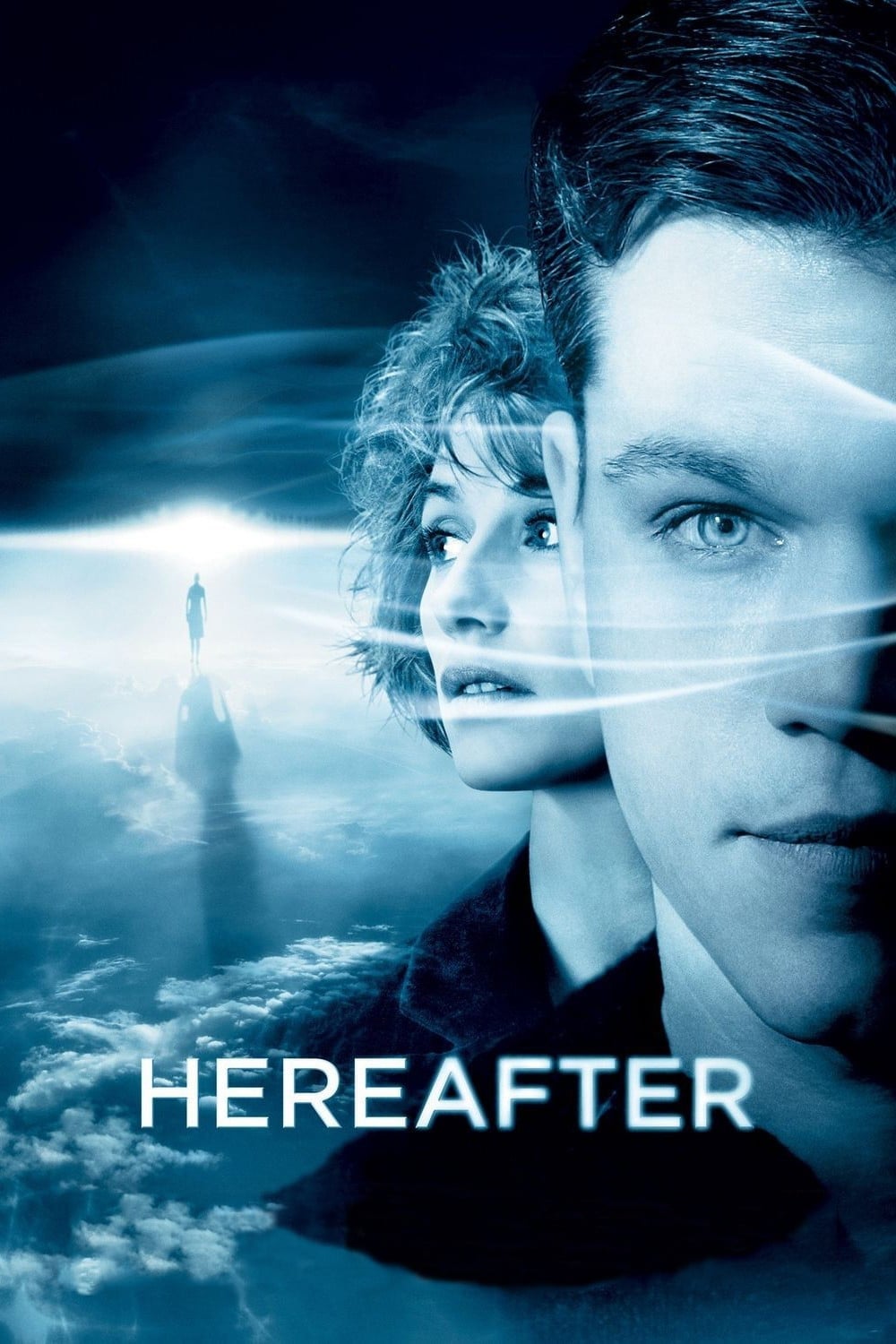
Three people — a blue-collar American, a French journalist and a London school boy — are touched by death in different ways.
28 Nov Hereafter (2010)
Chabrolet
At a certain point in some filmmakers’ careers, the films cease being discrete works of art and start becoming chapters in an engaging life. Eastwood is not the most weighty artist out there. He has made a couple worthwhile films and much chaff but has developed a growing reputation for cleanliness and efficiency, both in the making of the things and in the storytelling. Increasingly, he goes on the list to watch simply to see how he is maturing. He has turned out a bit more than a film a year for the last couple decades and you can see him still growing at 80.
80!
It is no wonder now that his thoughts turn to what matters after death. It is also no surprise that he selected material that has a juvenile cosmology, but that allows for good storytelling.
As with his very best, “Mystic River,” he plays with the braid of three different stories, each of which are told with quite different technique and story philosophies.
One, the spine, features a man haunted by the ability to communicate with the dead. This is a story of power and hope, pitched as a redemption story.
A second is a noir-shaped detective story. An ordinary woman in an ordinary life (for a French woman) is caught up in events seemingly manipulated by the cosmos for storytelling. She is a reporter of sorts, a TeeVee talking head. We follow her as she tries to discover what the shape of the world is. This is a noir detective story, told with a completely different camera, lighting and color palette. The sets are more open.
The third is a simple melodrama: a child needs a dad. Eastwood invests far too heavily in this story, using darker tones and “Million Dollar Baby” mannerisms. The writer knew that this third story is there as the uninteresting base that the other stories earn their importance from the differences.
They are shifted back and forth, each one dealing with a different dimension and perspective of death. Only at the end do they intersect to leave us with a presumably happy post-story ending. The way they are woven together would be a stretch to characterise as what I call narrative folding. These three stories are good storytelling of a different kind.
But there is a fold: the character that actually sees the other world, is also a fan of Dickens. We can safely say that Dickens invented this “rule of threes” in constructing his long novels. Matt Damon’s character literally (!) goes to London to visit Dickens’ house and remarks on the unfinished painting of Dickens’ Dream. (He also is pointed to drawings for the unfinished mystery of Edwin Drood, the solution to which will never be known.)
Eastwood clearly worked in ways to make things cinematic. He could only do so with sequences within a story, not with the overall shape. One of these may be one of the best sequences known to me. The psychic wears gloves so that he does not have to touch anyone. But he finds himself in a class where gloves are impossible. We are even told to look at the bare fingers three times. His gift of sight contrasts with an exercise where he and his (female) partner in class do a blindfolded taste test. The seduction is brilliant, continuing back at his apartment until he is cajoled into giving her a reading. This turns into an emotional disaster.
Every element of this sequence is masterful but most especially the integration of light and edits and the similar integration of very fine acting with the writing. This sequence is brilliant filmmaking. Perhaps he will give us more of this before he expires.
The tsunami at the beginning is also handled extremely well, but that is filmmaking of a different kind.
Eastwood is no Claude Chabrol or even a Woody Allen. But he does carry my interest.
Posted in 2010
Ted’s Evaluation — 3 of 3: Worth watching.


No Comments